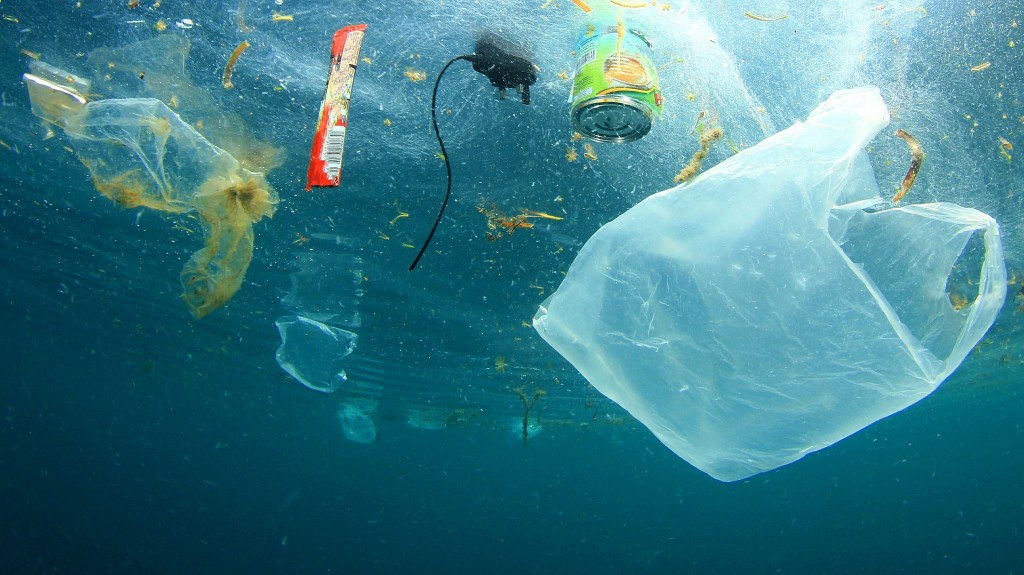A quick look back at the waste and recycling industry in 2020
Plastics reduction and recycling initiatives a bright spot to build on going forward

Most of us are happy to see 2020 in the rear-view mirror. Overall, the waste management and recycling industry, an essential service, was not hit nearly as hard as many by the new realities of the pandemic, but it was certainly hit hard. The year saw huge impacts on collection programs, with regional cancellations especially high in the U.S., and significant operational and fiscal changes for recyclers.
Domestically, waste streams have shifted significantly in makeup, while internationally, the shipping industry has greatly increased rates. There were also double-digit declines for many GDPs recorded as of the year's second quarter, and global markets from China and India to Vietnam and Turkey continue to tighten quality requirements and expand import bans, especially affecting recovered fibre and plastics.
Largely due to the pandemic, 2020 was also characterized by increased volumes of single-use hard-to-recycle plastics, including PPE and other medical waste, as well as increased residential curbside volumes coupled with decreased commercial volumes overall, which equates to increased contamination levels as well as reduced profit margins for MRFs and other recyclers.
This past year saw a tremendous amount of M&A activity in North America, especially starting in the third quarter, including WM's US $4.6 billion acquisition of Advanced Disposal. Other industry leaders like GFL, Republic and Waste Connections reported similar activity. While this indicates overall industry growth, it was undoubtedly a very hard year for many rural, smaller, private recyclers and businesses.
Positives to be found in 2020 include record-high recycled material commodity prices to round out the year, and continuing through January - for OCC, mixed paper, Natural HDPE, aluminum and ferrous, just to name a few. (For more on the current state of ferrous markets, which are currently booming, see our commodity report this issue from ISRI's Chief Economist, Joe Pickard.)
Another positive development through this past year was the intensified focus on the fight against global plastics pollution, including initiatives such as the introduction of the Save Our Seas 2.0 Act in December by the outgoing U.S. administration. The U.S. Plastics Pact was also introduced in 2020, a collaboration led by The Recycling Partnership, World Wildlife Fund and Ellen MacArthur Foundation.
This pact aims to ensure that plastics in the U.S. never become waste by eliminating what is unnecessary; innovating to ensure that manufactured plastics are reusable, recyclable or compostable; and by increasing the recirculation of plastic-based products and items to keep them in the economy and out of the environment. A diverse group of stakeholders, including industry associations APR, ISRI, the U.S. Composting Council and SWANA, as well as many other associations, NGOs, retailers and large corporations, including Walmart and Coca-Cola, have signed on to the commitment.
In Canada, back in the Fall, the Trudeau government introduced the Strategy on Zero Plastic Waste meant to lay out a concrete vision for a circular economy for plastics. This includes a two-phase action plan that is being jointly implemented by federal, provincial and municipal governments with the overall goal to achieve zero plastic waste by 2030. The plan is ambitious, although some will say it is not nearly enough, but at least the plan is in place and some action is being taken nationwide. Key elements include a ban on harmful single-use plastic items, as well as significant investment in projects and infrastructure for plastics recycling across the country.
At the end of January, the Canada Plastics Pact was launched. With similar goals and format to the U.S. equivalent, the Canada pact brings together key players (close to 50) to collectively work towards "ambitious" plastic waste generation and reduction goals aimed at 2025. As a pre-competitive, multi-stakeholder platform, the CPP is designed to enable companies across the Canadian plastics value chain to collaborate and innovate. It will build on significant work that has already been underway to reduce plastics waste, and will grow over time.
Going forward, the New Basel Convention Rules on Plastic Waste Exports came into effect as of January 1. The amendment, focused on curbing the transboundary movement of mixed plastics, including e-waste plastics, is a positive development for decreasing global pollution. It also greatly deters continued, unregulated dumping of potentially hazardous waste, especially in developing countries where it results in severe consequences for workers and the environment. However, the Basel Convention plastics amendment has also resulted in significant market confusion. Acceptable contamination rates for shipments are as yet unclear, and the new rules have left many international buyers without a source of plastic scrap and recyclers without viable end markets.
Meanwhile the U.S., which has never ratified the original Basel Convention on the Control of Transboundary Movements of Hazardous Wastes and their Disposal since it was introduced in 1989, and Canada which is a signatory, reportedly made a deal this past fall that will allow the continued export of mixed plastics from Canada to the U.S. Potentially, this will allow exporters in both countries to ship contaminated mixed plastic material to foreign shores for unregulated processing, from American soil, and by so doing violate terms of the treaty. See commentary from the Basel Action Network on this topic.
All of this movement on the plastics recycling and pollution prevention front, at the very least, puts the conversation well ahead of where it was before the pandemic.
Hopefully this focus continues through 2021 and the rest of the decade, and at the same time, recyclers and buyers can continue to adapt quickly and find ways to build and re-establish sustainable, healthy domestic and global markets for mixed plastics. RPN
This Letter from the Editor was originally published in the January/February 2021 edition of Recycling Product News, Volume 29, Number 1.


